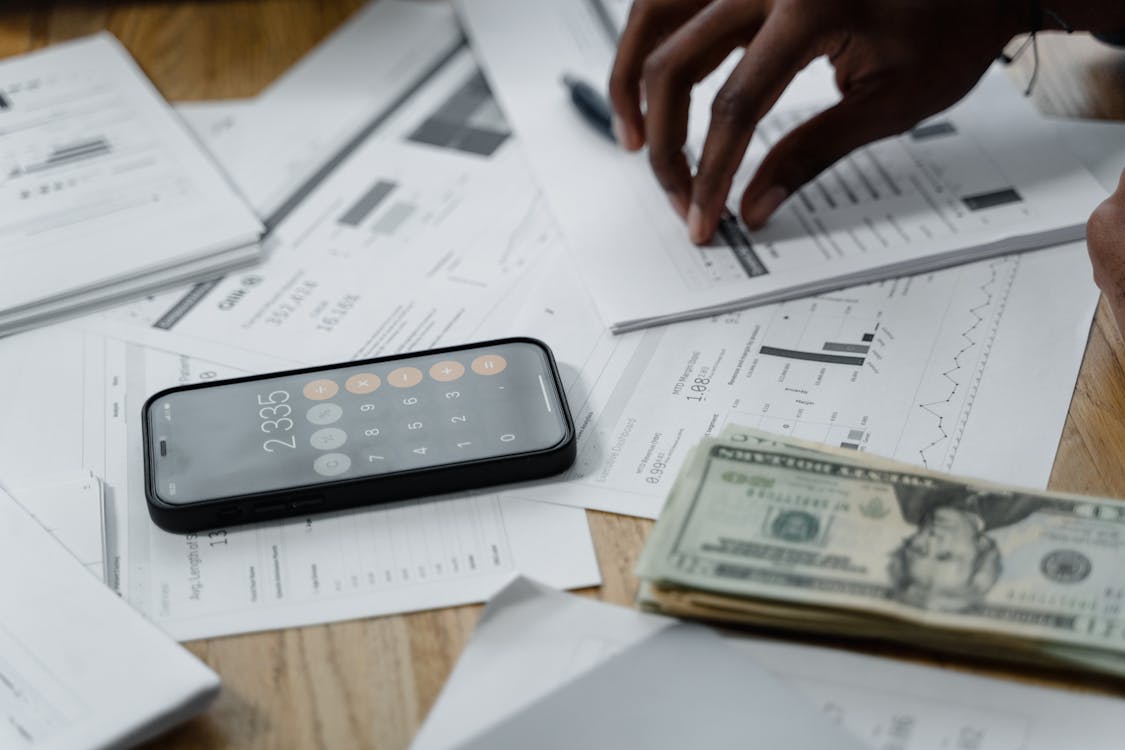The dollar added the eleventh consecutive round of increases by advancing 17 cents this Wednesday and reaching a new maximum of 18.78 for retail sales. In this bullish raid, which began on December 12, the dollar appreciated 1.22 pesos or 6.49 percent. Economists warn that although Argentina has a floating exchange rate, in recent weeks there has been a sudden change in trend that “should not be minimized” by the Central Bank.
Thus, the retail dollar ended this Wednesday at 18.28 pesos for purchase and 18.78 pesos for sale, according to the average price reported by the Central Bank.
The US currency registered a maximum value of 18.85 pesos for retail sales at Banco Galicia a minimum of 18.67 pesos for electronic sales at Banco Nación and 18.70 pesos for the bill at the counter. The rise was replicated in the informal market, where the so-called blue dollar exceeded 19 pesos for sale and closed at 19.05 pesos. Meanwhile, the wholesale dollar closed at 18.33 pesos for purchase and 18.43 pesos for sale, ten cents above the end of this Tuesday. The volume traded in the cash segment reached 759.6 million dollars and in the MAE futures segment, only one million dollars were traded.
“Although the wholesale dollar reached the maximum of 18.61 pesos, at that value banks and investors appeared to take advantage of the value, which is not repeated frequently, to take profits and switch to pesos,” said Fernando Izzo, analyst at ABC Mercado de Cambios. The other record of the round has to do with the number of contracts traded in the Rofex futures segment, in which more than 1.6 million contracts were negotiated. Thus, this market showed that large investors went out to seek coverage against the fluctuation of the exchange rate. In total, 1.679 billion dollars were traded, of which 32 percent was in “rollover” to December at 18.40 pesos and January at 18.77 pesos.
The longest-term trade was in July at 20.75 pesos. The terms fell from January to August by more than 2 cents. When asked about the subject, economist Martin Redrado warned this Wednesday in radio statements that “there is no cause for alarm” about the advance of the dollar, but he did estimate it necessary that just as the BCRA participates in purchases when there is a large supply of foreign currency to prevent the dollar from falling too much, in these cases it should participate in selling to cushion the rise.
“Whenever the dollar moves, Argentines get nervous, but there is no cause for alarm. The BCRA has a record of reserves and should not have to escape as has happened at other times,” said the former head of the Central Bank. The economist warned that “for the Argentine idiosyncrasy, the dollar moving so abruptly may not be so advisable. The government talks about a gradualist economic policy and we have a shock in part of the monetary and exchange rate policy.
If the government wants to be gradualist in fiscal matters and prices, it should be so here too, especially because it is hard for us to get used to a dollar that can go up or down,” in this floating exchange rate scheme, he added. Redrado pointed out that in the future an inflow of foreign currency is expected either from the liquidation of agro-exporters or from the external financing mechanism proposed by the government that will move the dollar down.”When dollars from the harvest and financial dollars come in, it should stabilize around 18.50 pesos,” Redrado predicted.




